One of Two intact Stuka Dive Bombers still in existence, housed at the MSI in Chicago [4032x3024
The Ju-87 Stuka is the iconic dive bomber aircraft used by Axis forces during WWII. Stukas dropped the first bombs of the War and shot down the first aircraft of the European war on September 1, 1939. The Stuka perfected and popularized the term "dive-bomber."
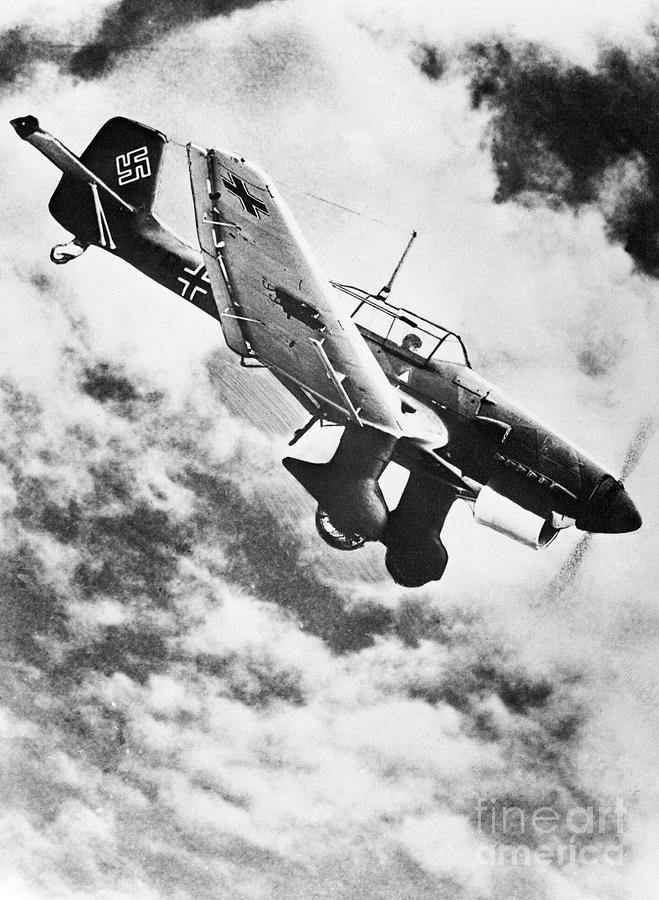
Junkers Stuka Dive Bomber Photograph by Bettmann
The role of the dive-bomber would eventually be delegated to faster and far more nimble fighters such as the Focke-Wulf 190. Unlike the Stuka, fighter/bombers could drop their bombs and were able to defend themselves from attack. New bombs sites increased the accuracy of horizontal bombing, matching the precision of the dive-bomber.

Stuka B2 Dive Bomber (S2+MP) Diving Position 3D model by Lyle (lylecay) [4f485a6] Sketchfab
The Junkers Ju 87, also known as "Stuka" (from the German word for dive bomber), was a German dive bomber used during World War II. It was designed by the German engineer Hermann Pohlmann and first flew in 1935. It served mainly with the Luftwaffe but also several other air forces.

AirDailyX MilViz Stuka released!
Had Stukas been used to bomb the important bridge that was the primary target of the raid, the world would have long ago forgotten Guernica. The Spanish war did make it plain that the Ju-87 would.

The Stuka Dive Bomber Hitler's Ultimate Terror Weapon The National Interest
The Junkers Ju 87, commonly known as Stuka (short of 'Sturzkampfbomber', the German word for dive-bomber), is one of the classic military aircraft of aviation history. The name Stuka, together with the 'Panzer' is equal with the modern vision of the 'Blitzkrieg' (Lightning War).This was no coincidence, because the two were very close together as a combined weapon team, the Stuka.
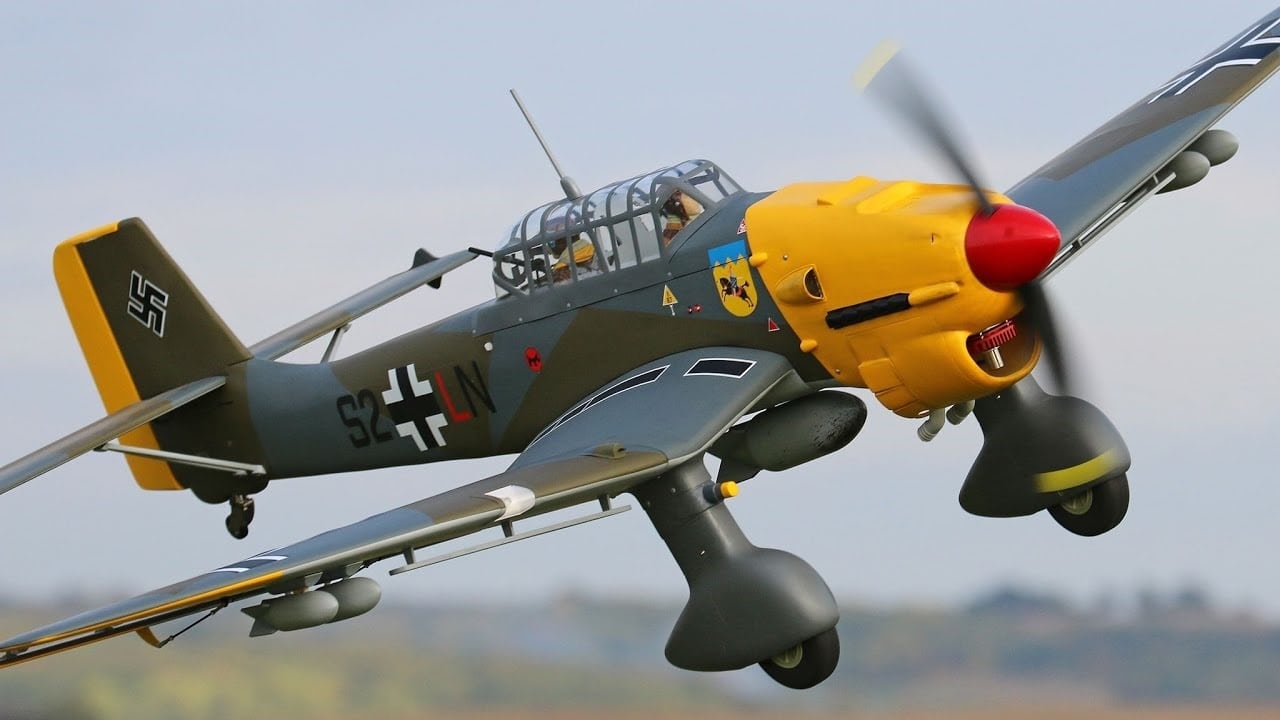
Junker Ju87 Stuka Dive Bomber A World War II Terror Weapon 19FortyFive
The Stuka Story By Thomas Hajewski May 1, 1987 In January 1942, during the state funeral for Ernst Udet, World War I fighter ace and Generalluftzeugmeister (Director General of the Luftwaffe) Hermann Goring spoke eloquently about the fallen hero's deeds.
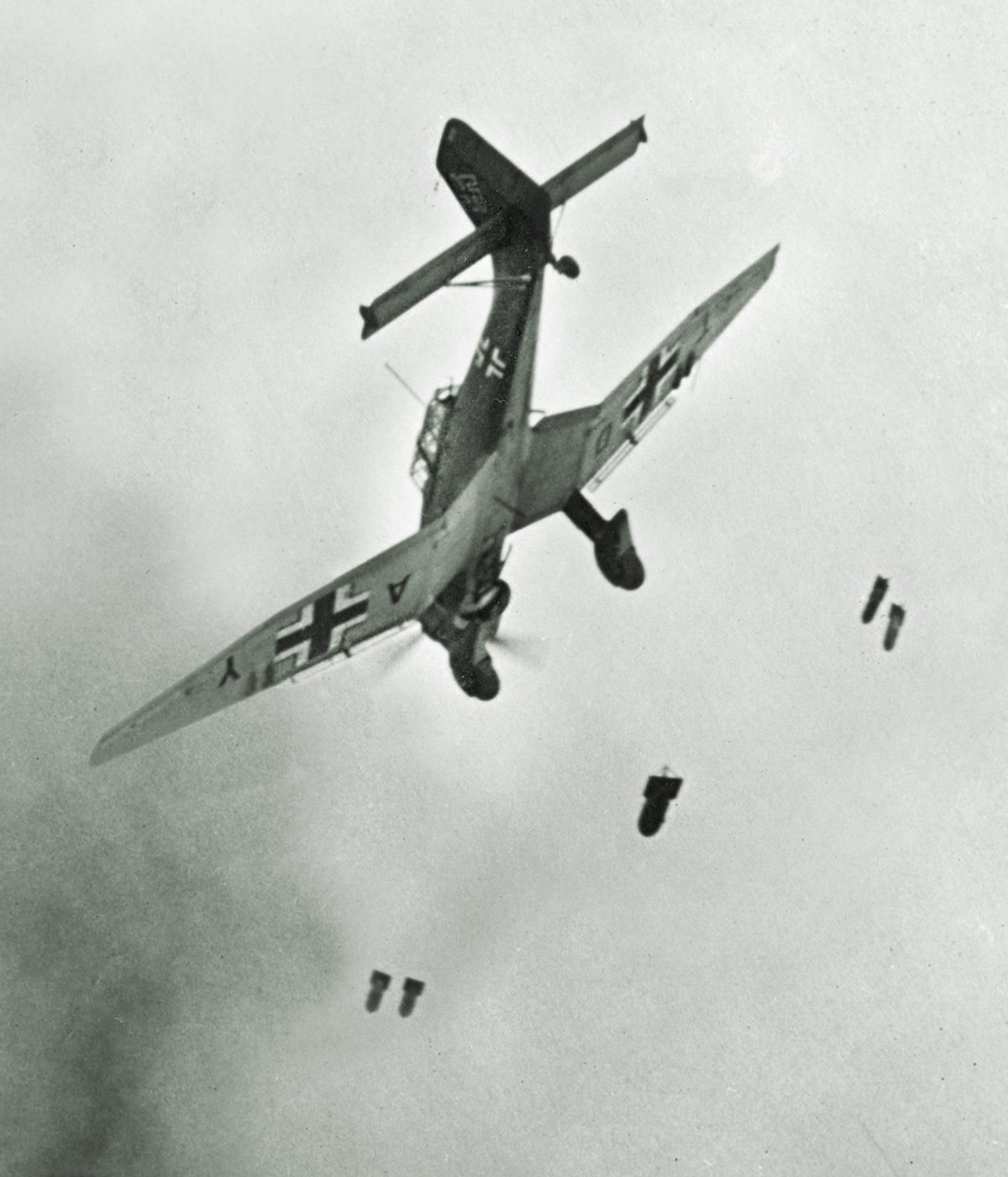
This German DiveBomber Terrified the Brits in 1940. What Made the 'Jericho Trumpet' So Frightening?
The Junkers Ju 87 or Stuka (from Sturzkampfflugzeug, "dive bomber") was a German dive bomber and ground-attack aircraft. Designed by Hermann Pohlmann, it fir.

Ju87 Stuka Dive Bomber Vliegtuig, Militair, Zeppelin
Specifications Junkers Ju 87 B-2 Stuka. References and literature. Ever since the end of World War One, the secret German Defense and Aerospace Ministry had shown a lively interest in a dive-bomber. In 1934 this led to a completely new design by Dipl-Ing Hermann Pohlmann, the head designer who had been with Junkers since 1923.
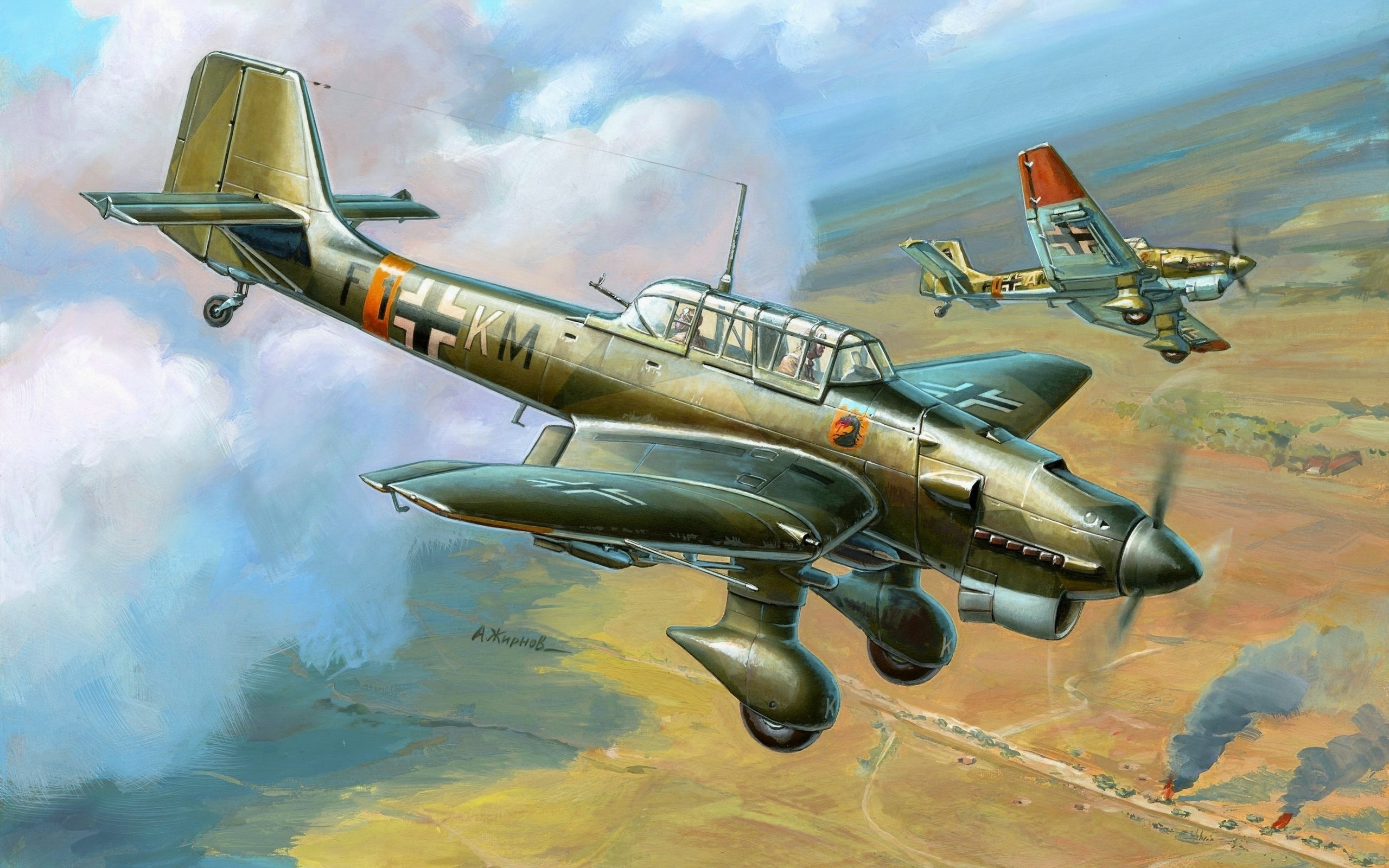
Two Ju 87 Stukas make a diving attack.
The Stuka dive bomber was known for its precision in ground attacks, making it highly accurate in dive bombing operations. The inclusion of dive brakes allowed the Stuka to decrease speed during dives, giving the pilot more time for targeting and bomb release.

Pin by Michael White on Luftwaffe WWII Aircraft Wwii airplane, Aircraft, Vintage aircraft
The Junkers Ju 87 or "Stuka" [b] is a German dive bomber and ground-attack aircraft. Designed by Hermann Pohlmann, it first flew in 1935. The Ju 87 made its combat debut in 1937 with the Luftwaffe 's Condor Legion during the Spanish Civil War of 1936-1939 and served the Axis in World War II from beginning to end (1939-1945).

1936 Stuka dive bomber by xray delta one, via Flickr Wwii aircraft, Luftwaffe planes
The Ju 87 Stuka dive bomber design took its maiden flight. Luftwaffe leadership ordered that no more Ju 87 Stuka aircraft were to be sent into action over Britain, after suffering unsustainable loss rates; almost 60 were shot down in the past 11 days. Operational trials of the 37-mm Flak gun-armed German Ju 87G anti-tank aircraft began on the.

[Photo] German Ju 87 Stuka dive bombers in flight, 29 May 1940 World War II Database
The Junkers JU-87, better known by its nickname "Stuka," was one of World War II's most iconic combat aircraft. Its distinctive inverted "gull" wings and fixed undercarriage make it unmistakable,.
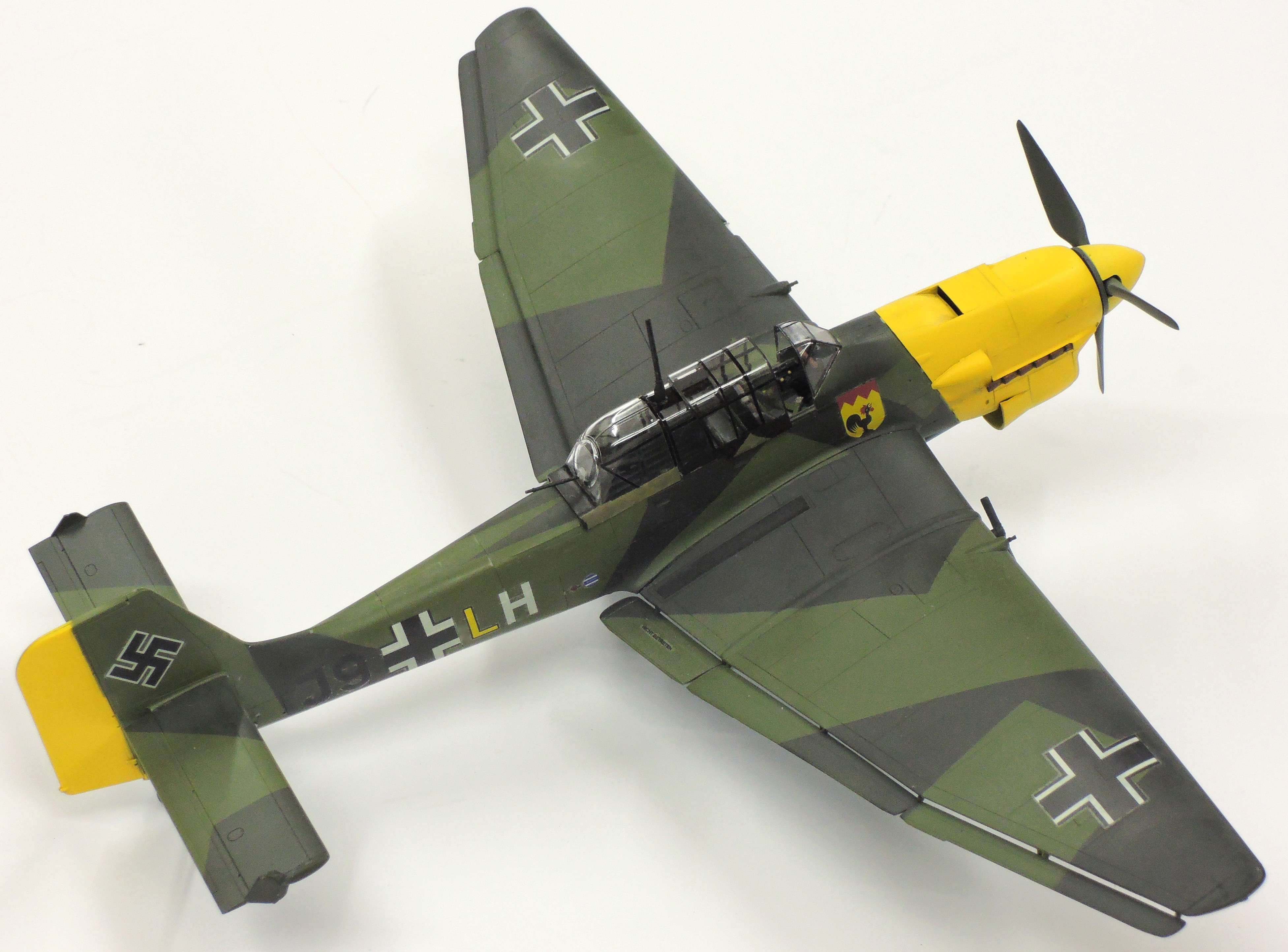
Finished, 1/48 Hasegawa Ju87 B2 Stuka Dive Bomber. FineScale Modeler Essential magazine
Junkers Ju 87 B-1 german dive bomber. Junkers Ju87 code "K" of the 5/StG77 fitted with "Jericho trumpets", Eastern Front. Junkers Ju87B-2 belonged to unknown unit and Wehrmacht soldiers. Ju 87 B-1 of the StG 1 bombed-up for its next strike, Afrika 1941-1942. Trainer Junkers Ju 87B-2 Stuka " White 18″ in flight.
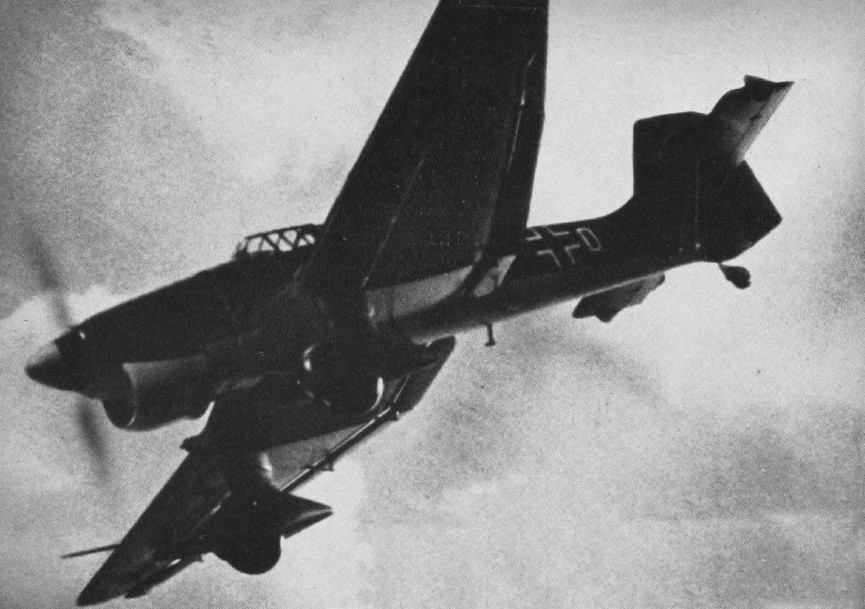
[Photo] German Ju 87B Stuka dive bomber in flight, circa 1940; as seen in publication US Navy
Junkers Ju 87 Sturzkampfflugzeug ("dive bomber") or Stuka for short was the most famous German ground attack aircraft of World War Two. "The Stuka was more than just a terror weapon - its ability to deliver bombs where needed with then unheard of precision made it a potent war machine."

Ju87 Stuka Dive Bomber Oleg Kovalev VFX
The Stuka was the war's pre-eminent dive bomber. It scored hits on targets ranging from artillery to aircraft carriers. Its deadly cluster munitions tore through troop concentrations herded together by the lightning-fast drives of the Panzer infantry and tanks. Stukas sank ships from the English Channel to the Black Sea.
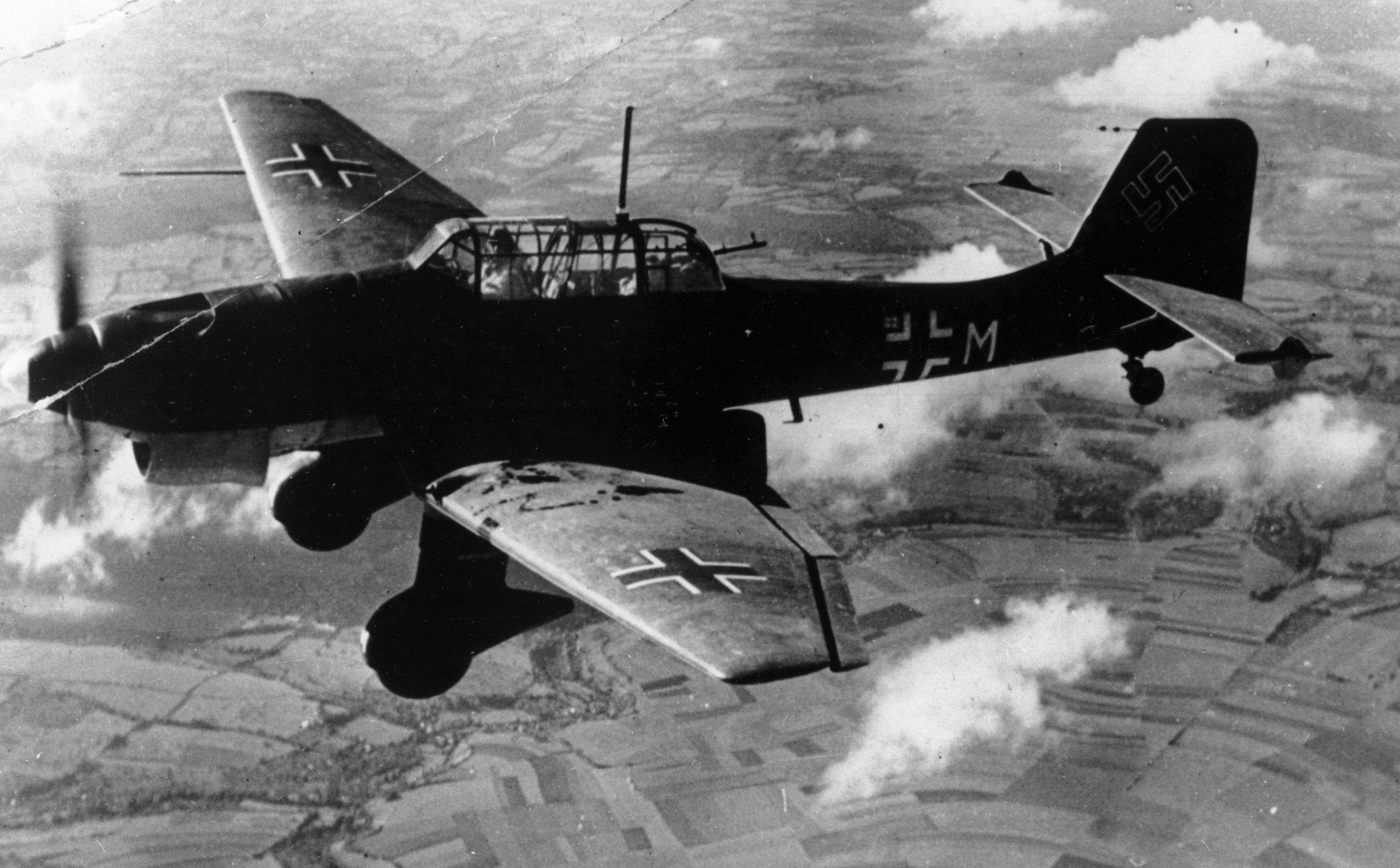
German military divers recovering rare Stuka divebomber wreck from floor of Baltic Sea The Blade
The Ju87 was a German dive-bomber and ground-attack aircraft that formed a crucial part of Axis air-ground offensive tactics. Popularly referred to as the 'Stuka', short for Sturzkampfflugzeug - dive-bomber, it was designed by Hermann Pohlmann and was first airborne in 1935, ironically powered by a Rolls Royce engine.